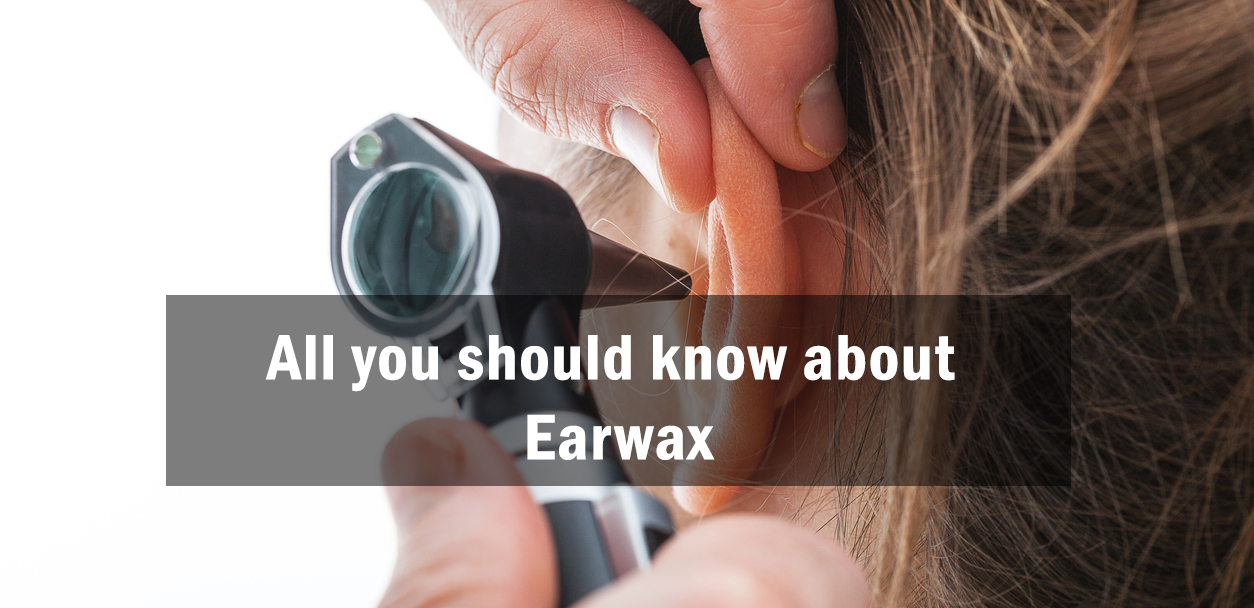All you should know about ear wax
Let’s first see what is ear wax? It consists of dead skin cells (keratin) and secretions from sebaceous & ceruminous glands of the outer third of the ear canal. The maximum component is the keratin being 60%. There are two genetically determined types of wax, the dry type and the wet type. Asians tend to have dry flaky wax while Africans and Caucasians tend to have wet dark orange to dark brown wax.

The external auditory canal is a blind ended skin lined tube so it seems that all the desquamated keratin debris would accumulate in the deep part of the canal but the skin of the ear canal has a migratory property which pushes the keratin debris outward. This property along with the movement of the jaw gives it a self-cleansing mechanism.
There are many properties which make it protective for the ear canal and ear drum. The wax or the cerumen is sticky so it traps the dust or dirt and pushes these out. It is hydrophobic or in other words it is water proof and hence prevents the entry of water in the deeper part of the canal. The acidic nature helps to prevent the growth of bacteria and fungi. The ceruminous secretions have lysozyme and IgG which enhance the anti-bacterial effect.
Ear wax is generally beneficial so it is not required to remove the wax. But it is found that in some patients the wax becomes hard and impacted leading to the problem in hearing. This is generally seen in patients who frequently use ear buds. It may also be necessary to remove ear wax in order to perform complete ear examination.
Basically, there are three main methods of removing the wax, manual removal, use of dissolving ear drops and irrigation of the ear canal. Manual extraction with suction or instruments under microscopic vision is the preferred method.
Irrigation using lukewarm water can be done. The disadvantage is that if there is any pathology beneath like perforation or cholesteatoma then this may worsen the problem.
Wax softening agents does not remove the wax but softens it so that it can be extracted easily.
One of the common chemical used is hydrogen peroxide as it is inexpensive and available over the counter. But it may not penetrate deep into the wax and may cause epidermal reaction which can lead to infection. For this reason, mineral oil based preparations are better as they don’t cause epidermal reaction.



Few days back, got ulcers on the throat due to which unable to even inhale or eat or drink anything. Come to Dr. Satinder and really it was really a safest and quickest treatment i got and started normal diet within 3 days.